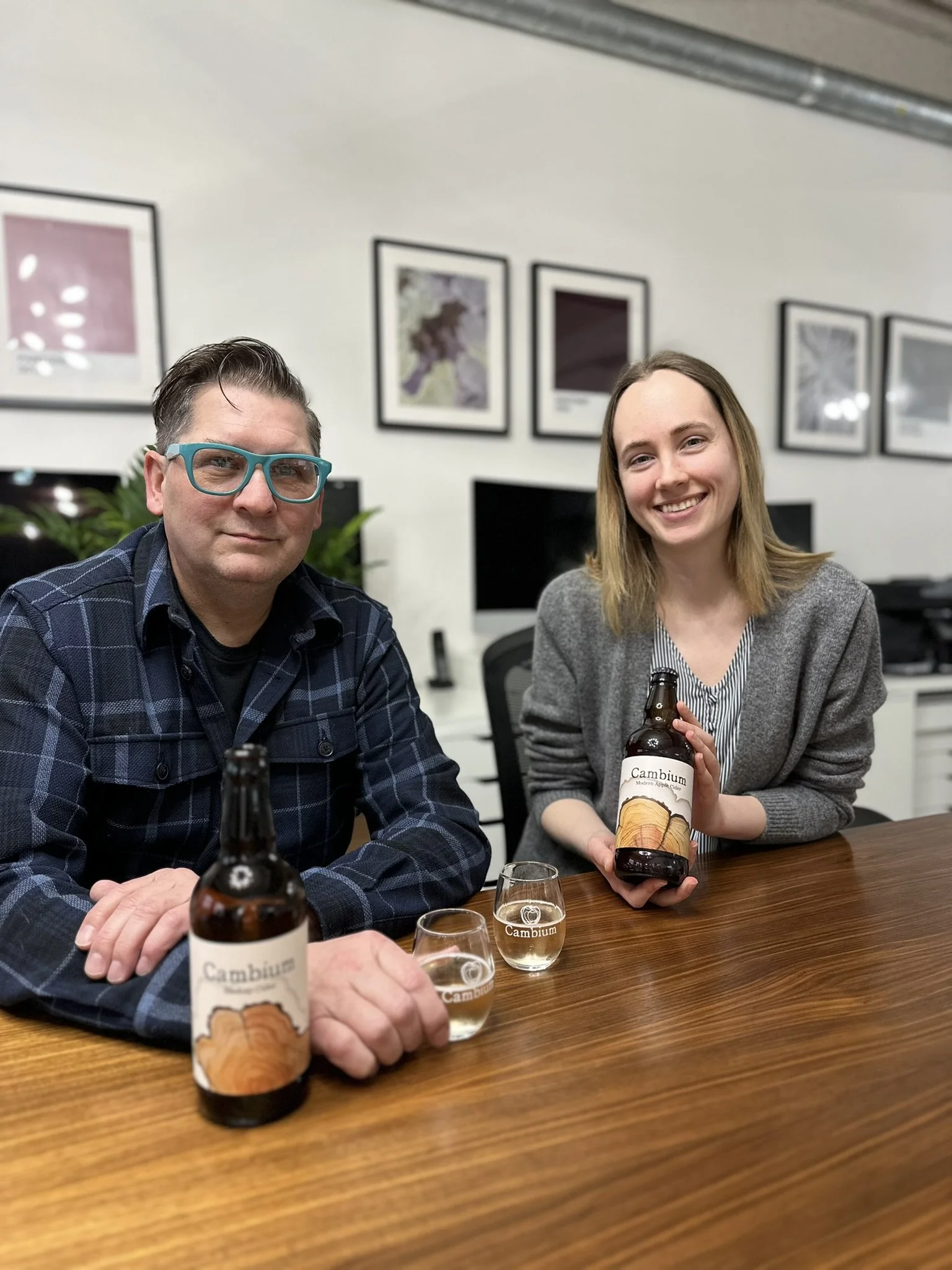Note from Leeann Froese:
If you follow us on social media, you will note that our design team has been working on a beautiful new label with an illustration from Darrell Underschultz, for the Reimers, a lovely Kelowna couple, for their new Mirabel Vineyards Pinot Noir.
This limited release Pinot made by Matt Dumayne is both bold and silky at the same time, and with only a few cases made, is sure to go quickly.
We are very proud to also handle the publicity for this new wine, and here is the official press release.
Mirabel Vineyards Announces Debut Release Reimer Family focused on terroir-driven Pinot Noir
Doug and Dawn Reimer are pleased to launch their inaugural Mirabel Vineyards wine with the release of the 2015 Pinot Noir, sourced exclusively from their South East Kelowna hilltop estate and vineyard overlooking the Okanagan Valley.
Mirabel, meaning "of wondrous beauty", perfectly represents the Reimer family's stunning South East Kelowna hilltop estate and vineyard overlooking the beautiful Okanagan Valley.
The sustainably-farmed Reimer Family Vineyard was planted in 2006 on a steep hill with both southwesterly and northwesterly aspects. Grapes were planted at high elevations over complex soils. Analysis of the terroir suggested the estate was best planted to specific clones of Pinot Noir, to be blended together for optimum colour, flavour, acidity, tannin and length. The yield is cropped at a low 2.5 tons per acre and harvested by hand. One-and-a-half acres of Chardonnay will be planted this spring.
The family's commitment to quality is realized with this first vintage release of 237 cases of a luscious, elegant, sustainably-grown Pinot Noir.
The 2015 Mirabel Pinot Noir ($70.00 for 750ml, $160 for 1500ml Magnum) was aged 11 months exclusively in French oak (30% new). Gentle handling, including gravity transfer from barrel to bottle, helped to maintain the subtle texture, rich fruit, soft spice and generous length. As the Reimers do not yet have a winery, this wine was made at Okanagan Crush Pad by chief winemaker Matt Dumayne.
Mirabel Vineyards was founded through Doug and Dawn's shared love of travel, and the belief that the creation and sharing of wonderful food and incredible wine is one of life's greatest joys. Following a vacation to the Okanagan in 2004, the couple purchased an exclusive piece of property that was ideal for growing grapes. The fruit was previously sold to other wineries, but it will now be reserved for the Mirabel Vineyards label.
Initial praise for the Pinot Noir includes a review from noted BC wine authority John Schreiner, who described it as having "great purity of fruit". A saignée-method Pinot Noir Rosé and a Chardonnay will be released later this year.
"We believe that what is in the bottle is more than just wine; it is a place and time; a snapshot of the vineyard. We invite you to join us, as we pursue our dream." - Doug and Dawn
Those seeking access to these limited-production wines are invited to sign up at mirabelvineyards.com.
If you are a member of the trade seeking an allocation, please contact info@mirabelvineyards.com.
For media, or anyone who wants to know more about the Mirabel Vineyards story, download the information kit HERE.
#














